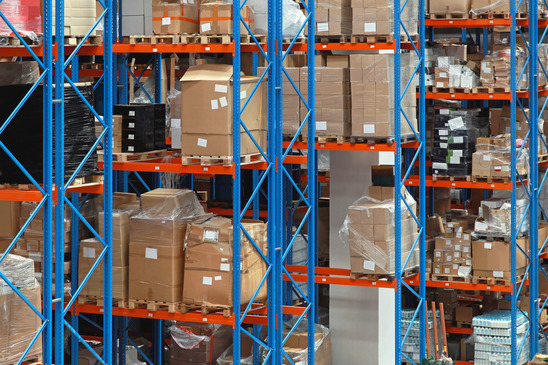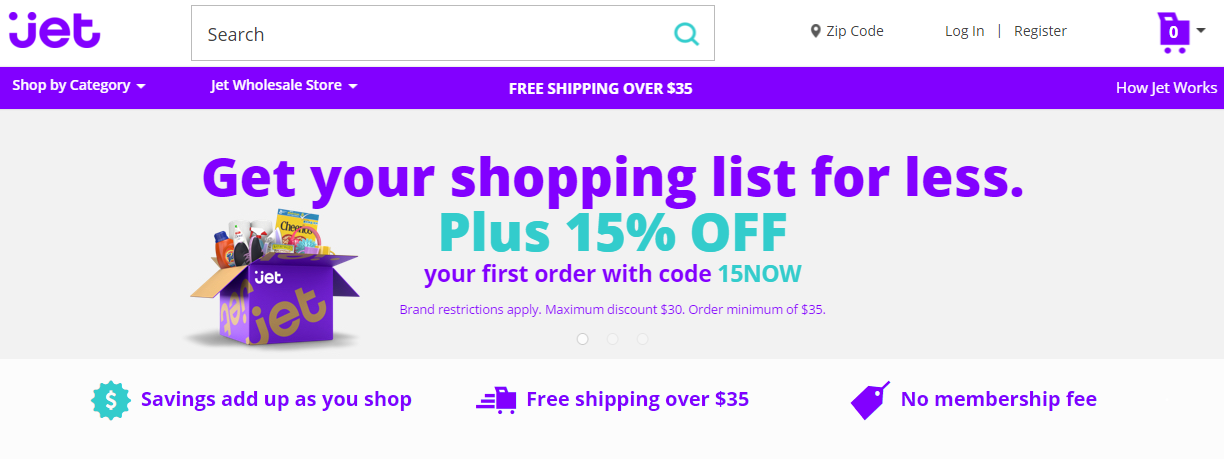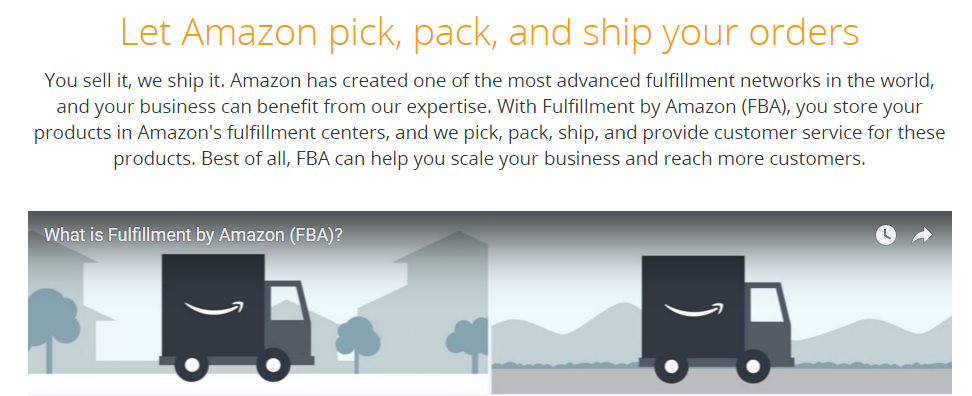By Jessica Looke, Volo Commerce
Selling online is a trend that doesn’t seem to be slowing down. Below, we’ve put together 4 things that ecommerce sellers should prioritize.
1. Getting into Marketplaces, at Home and Internationally
Dan Burnham (Head of Customer Success at Volo Commerce) has his own take on marketplaces. “Bigger sellers continue to look for ways to attract customers; same-day delivery, click-and-collect for example. These innovations are often expensive and way beyond the abilities of most businesses. This makes marketplaces such as eBay and Amazon increasingly important as they enable SMEs to access services that would otherwise be beyond their reach and level the playing field.”
Consumers demand convenience and this could be the reason why so many online sellers have noticed a marketplace "landslide" that has taken over the last few years. Channels like Amazon and eBay still hold the crown as far as online marketplaces go. They have made the business of online selling more convenient by offering more services and making the overall process more efficient.
As the number of niche and international marketplaces increases, retailers will seize the opportunity to expand onto different channels and into other marketplaces, targeting more diverse customer bases. International marketplaces like Jet.com and Cdiscount continue to expand as the need to grow across borders increases.
2. Increasing Inventory Visibility and Fulfilment

Having a large amount of inventory is great, but having the time to manage it can be rare. The more channels you sell on, the more places you have to update stock and optimize it.
It’s a double-edged sword, having more stock but also needing the resources to manage the products you sell. You also have to think about refilling the stock levels when they run low, on every channel, ultimately adding to overall complexity.
To manage this in the best way possible, you’ll need an inventory management system that automates all manual stock processes, potentially saving you staff and overhead costs. A platform that has a reporting feature giving you insight into your inventory and stock will crucially save time and effort.
3. Staying on Top of the Multi-Device Trend

Google has always characteristically made things difficult for anyone who sells through a website. It announced its optimization update and changes to mobile devices (known as ‘mobilegeddon’) last year, but making tweaks to your site has never been more important. 50% of people now use a mobile device to search for a product.
To sum up, optimizing your store so it’s mobile friendly will indicate a quality site to Google, resulting in a higher search ranking and showing up in multiple searches.
What’s equally as important is making your listings mobile friendly. For example, when eBay items are shown on your mobile or using the eBay app, the full item description is hidden from view. Instead you see the images, title, variations and item specifics. For this reason it’s important to use item specifics on eBay, as they act as a short description helping customers find precisely what they need.
4. Using Amazon FBA
Amazon has done a good job keeping its seat at the top of the marketplace rankings and has added its own competitive warehousing and fulfilment offering. Amazon FBA (Fulfilment by Amazon) is Amazon’s way of giving retailers an advantage to win the Buy Box. In short, sellers compete on the same page and the one with the best offering will be seen by the most customers.
There is also the benefit of appearing in Amazon Prime searches, because FBA products feature Prime shipping, and appear for Prime filtered searches. 85% of sellers see a sales uplift when using this direct-to-consumer model, so it’s certainly time to start embracing it.
Volo Commerce’s vision is to create the world’s most successful community of online multichannel ecommerce sellers. Its platform already processes more than 40 million sales orders annually, with customers across a wide range of retail categories, including the likes of Superdry, BMW, Halfords, Homebase, and Currys PCWorld.






